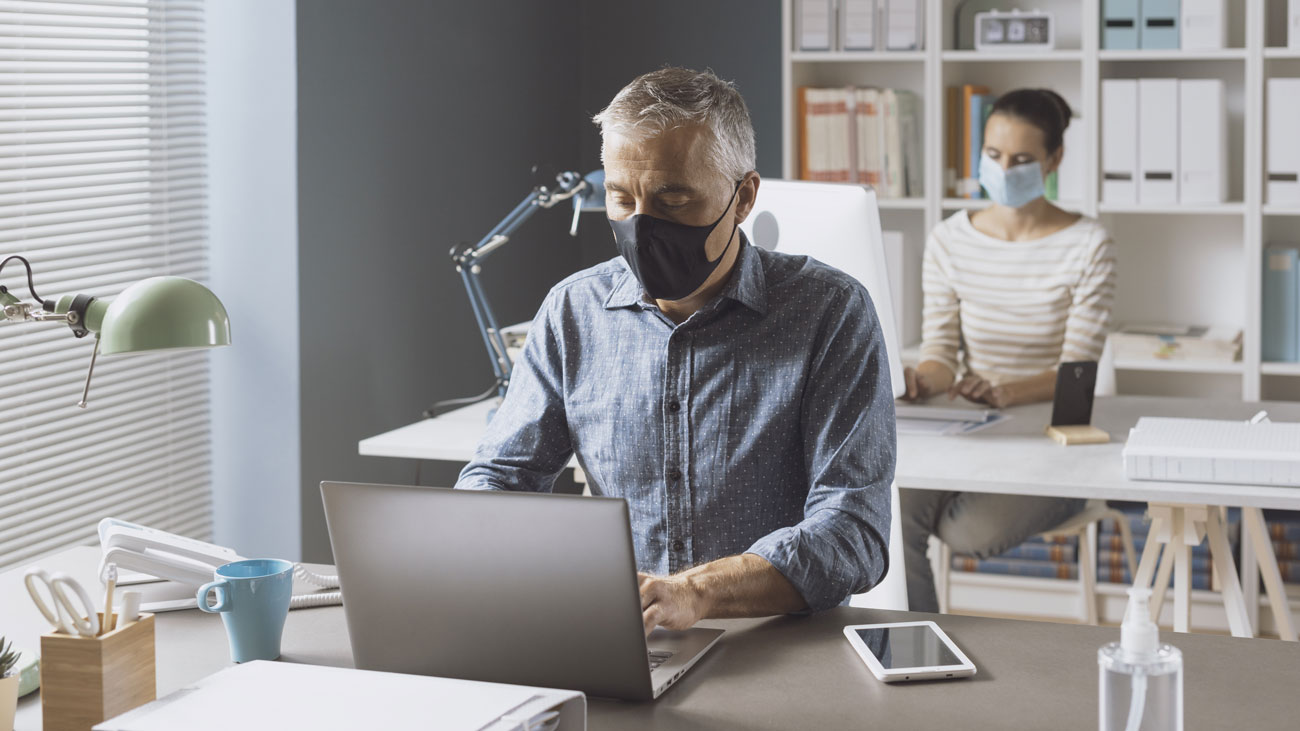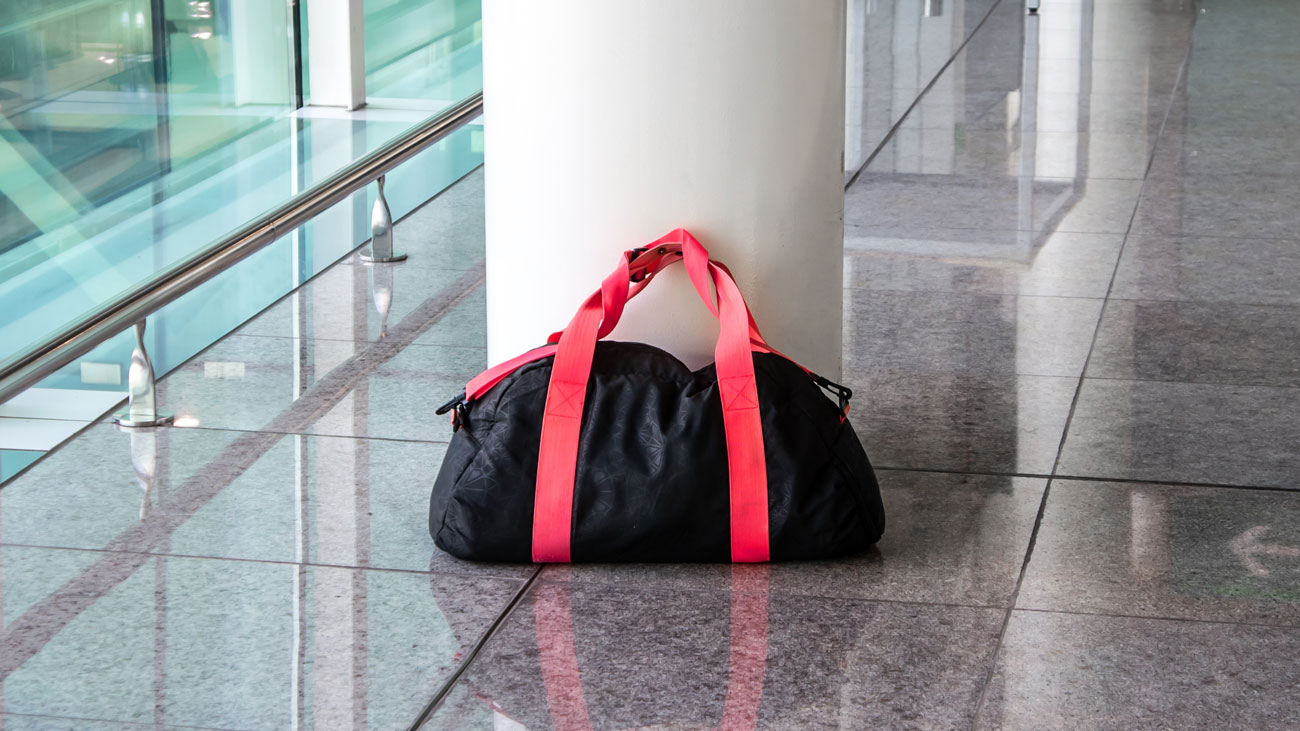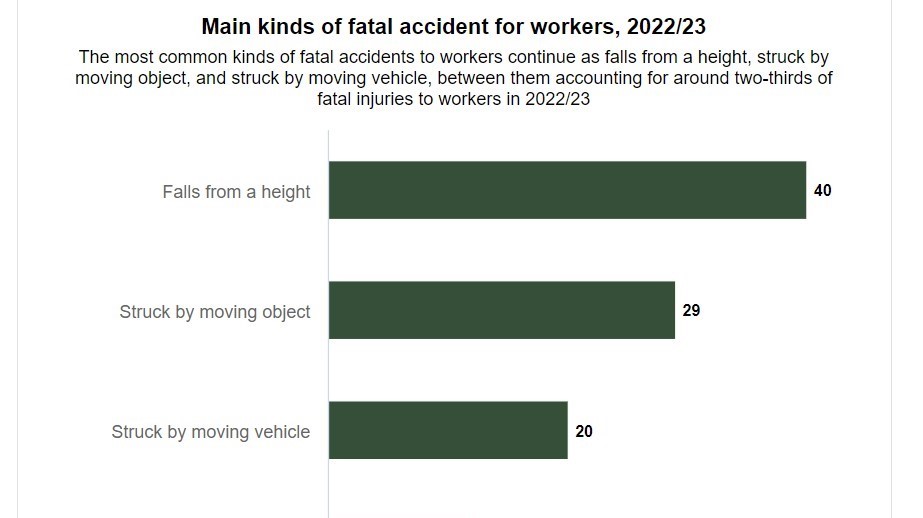
HSE publishes annual work-related ill health and injury statistics
The Health and Safety Executive (HSE) has published statistics that cover work-related ill health, non-fatal workplace injuries and enforcement action taken by HSE in the 2020/21 period. The key headlines include:
- 1.7 million working people suffered from a work-related illness, of which 822,000 workers suffered work-related stress, depression or anxiety, 470,000 workers suffered from a work-related musculoskeletal disorder, and 93,000 workers suffered from COVID-19 which they believe may have been from exposure to coronavirus at work.
- 2,369 mesothelioma deaths due to past asbestos exposures (2019).
- 142 workers killed at work.
- 441,000 working people sustained an injury at work according to the Labour Force Survey.
- 51,211 injuries to employees reported under RIDDOR.
Two new estimates have been developed to measure the impact of the COVID-19 pandemic:
- 93,000 workers self-reported catching COVID-19 at work; 52,000 of these worked in the human health and social work sector.
- 645,000 workers reported that their work-related illness was caused or made worse by the Coronavirus pandemic; 70% of these were cases of stress, depression or anxiety.
The pandemic has affected certain data collection and impacted on assessment of trends, therefore there is no new data on working days lost and the associated economic cost for 2021.
It is not known whether some of the people reporting a Coronavirus-related ill health condition would have developed and reported an ill health condition if pre-pandemic working practices had continued. It is therefore not possible to assess the scale of work-related ill health independent of the effects of the Coronavirus pandemic.
HSE’s Chief Executive, Sarah Albon, commented:
“These annual statistics are important to give us a clear picture of the health and safety risks faced by workers in Great Britain and help to inform the measures the HSE, employers, policy-makers and workers themselves need to take to ensure everyone can go home from work safe and well. The 12-month period in question coincides with the first national lockdown and the unprecedented challenges of the pandemic. There have been significant impacts on the labour market, which is reflected in our reporting.
“We worked differently too in responding to the challenges posed by the pandemic, advising across Government, helping to shape guidance for businesses and implementing our COVID Spot Check programme to ensure workplaces were kept as safe as possible.”
Of the 1.7 million workers who suffered from a work-related illness (new or long-standing) in 2020/21, 800,000 dealt with stress, depression or anxiety.
‘Burnout’ is a common problem, especially in high intensity roles such as teaching, nursing, or any job that deals with people or problems. According to a Gallup poll, 23% of employees say they feel burned-out at work “often or always”, while another 44% reported feeling burned out “sometimes”.
Employees who have a manager who’s always willing to listen to their work-related problems are 62% less likely to be burned out. Employees who have the opportunity to do what they do best are 57% less likely to frequently experience burnout.
Sarah Albon continued:
“The latest figures on work-related stress reinforce our previous concerns around the scale of this issue in workplaces. Just last month we announced our new Working Minds campaign, in partnership with a number of key organisations, to help employers make recognising the signs of work-related stress routine. HSE continues to act as a proportionate and enabling regulator taking the most appropriate actions to achieve the best and quickest result. However, where employers fall short of expected standards, the HSE will not hesitate to hold those responsible to account.”






